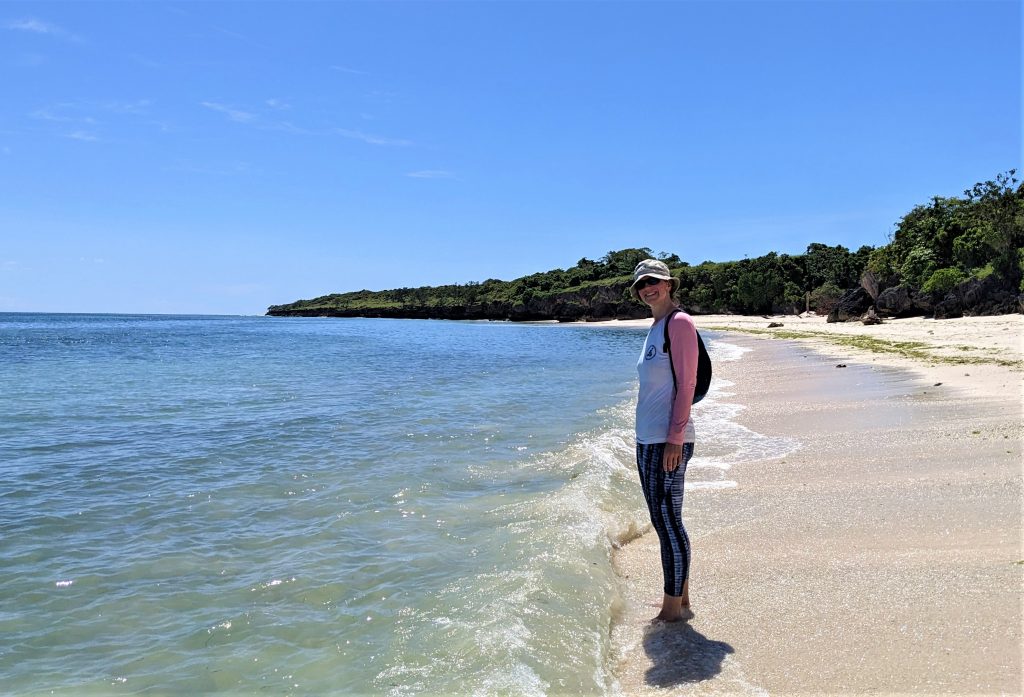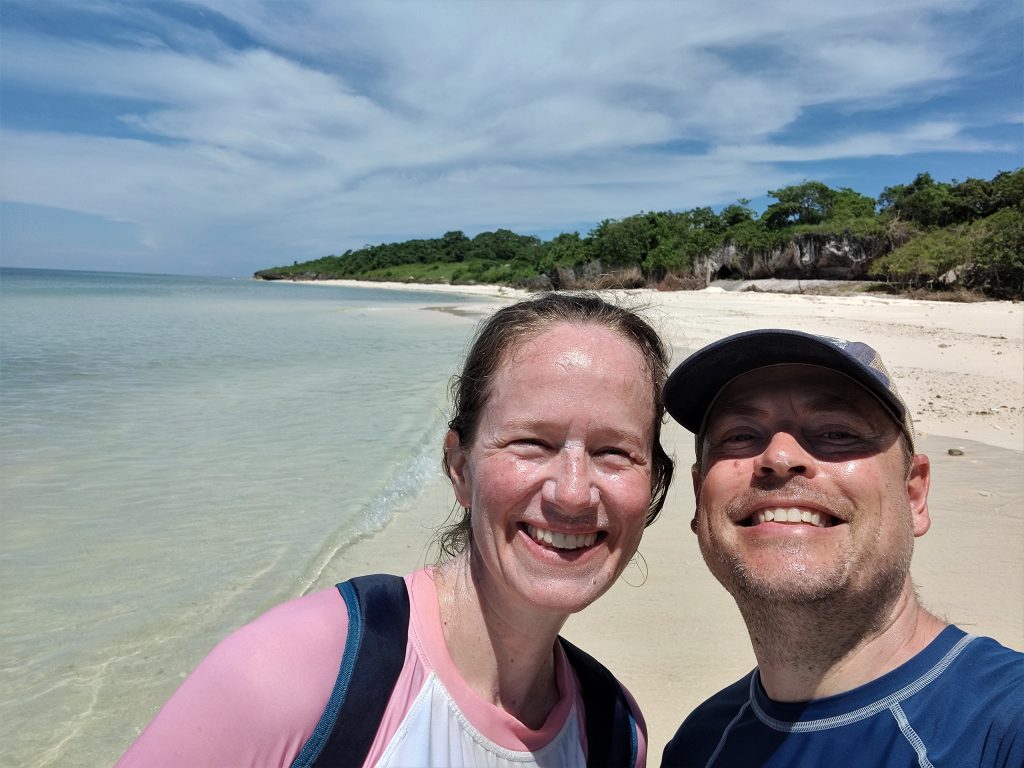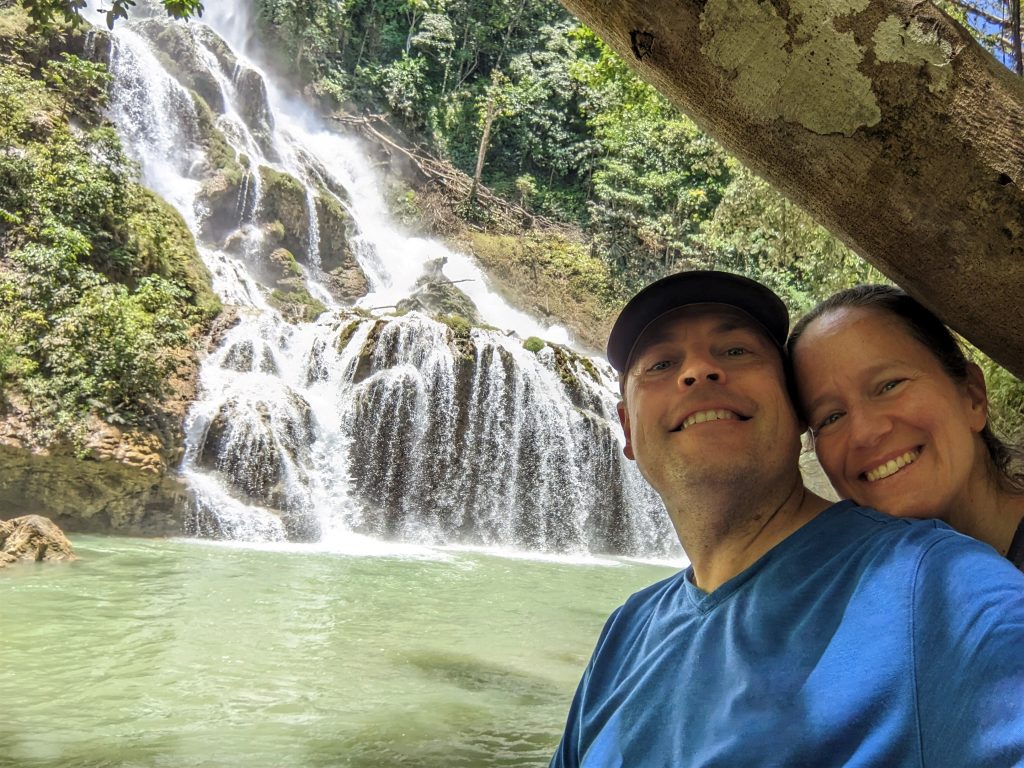
For spring break this year we decided to explore Sumba, a less-visited island in the eastern part of Indonesia. Sumba is known for beautiful beaches, unique cultural groups, and gorgeous waterfalls. We were also lucky enough to be there for the Pasola festival, which is celebrated by villages in Southwest Sumba. In this post I’ll cover the other things we did in Sumba, and save the festival for another separate post.
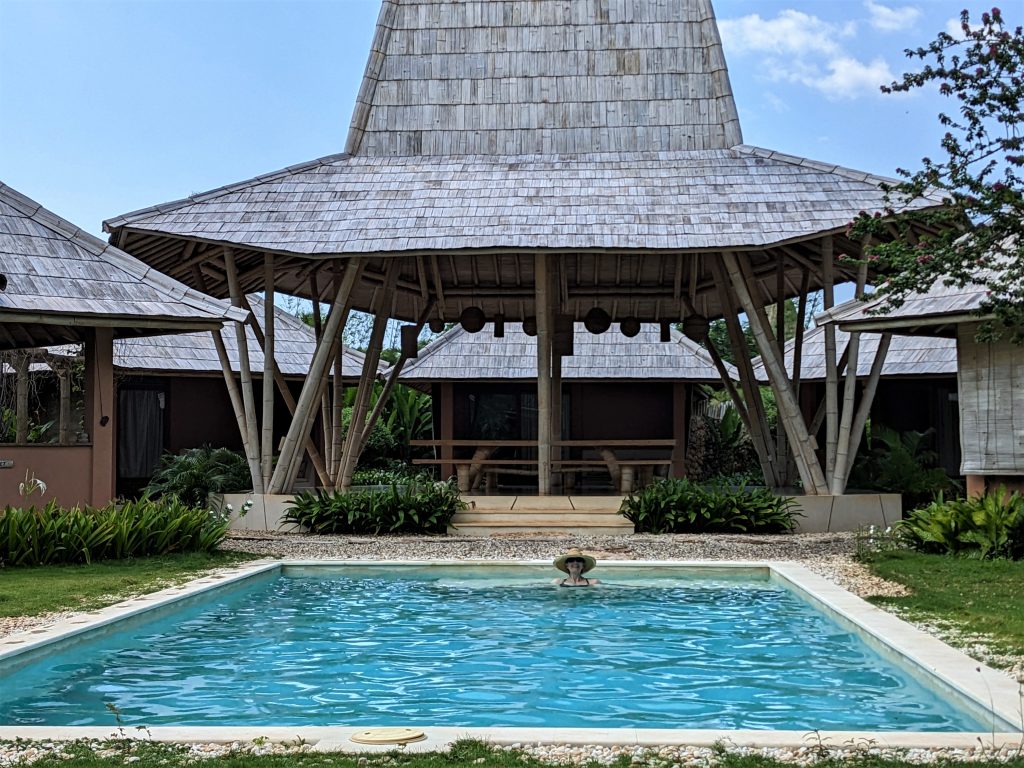
We chose to stay at the Maringi Hotel, run by the Sumba Hospitality Foundation. The hotel is part of a school that trains local young people for the tourism industry. All the students attend on scholarship, and upon successful completion of their studies and an internship will find jobs within the tourist industry at an upscale hotel on Sumba, in Bali, or internationally. The current crop of students had only been on campus for 2 months, so they were still pretty green with shaky English. Although they struggled at times, they were enthusiastic and welcoming, and it was fun to support their development.
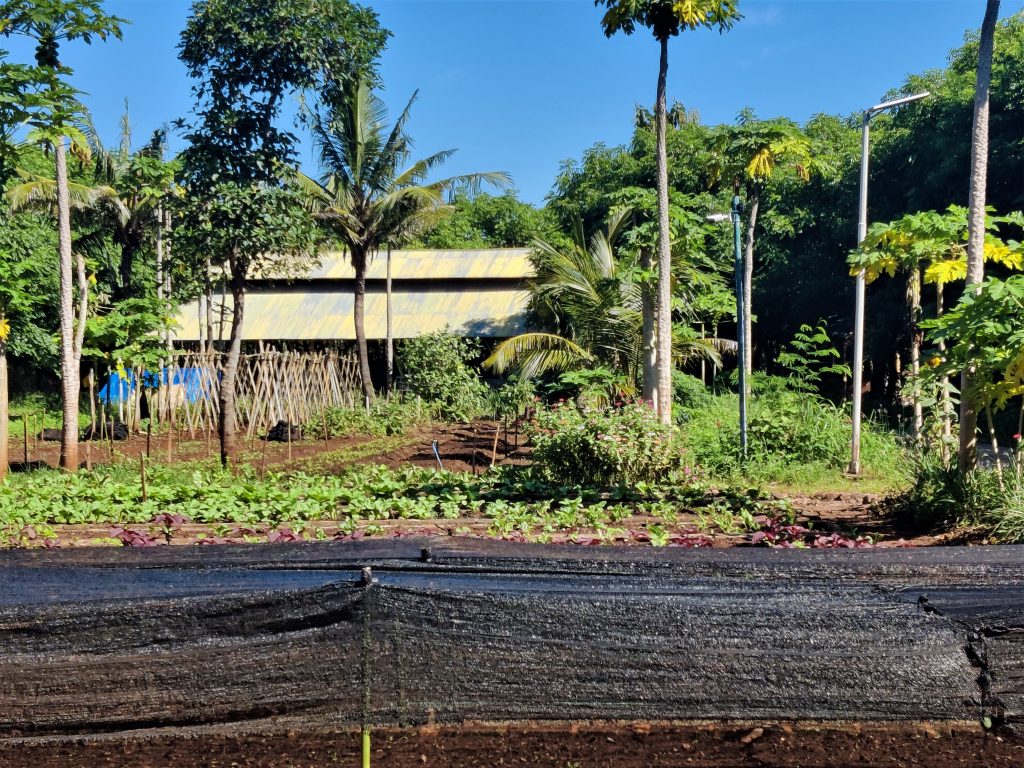
Our first full day there we took a tour of West Sumba. The first stop was the Weekacura river. This beautiful river flows past green rice paddies. The short walk from the car to a waterfall was a gorgeous introduction to the area.
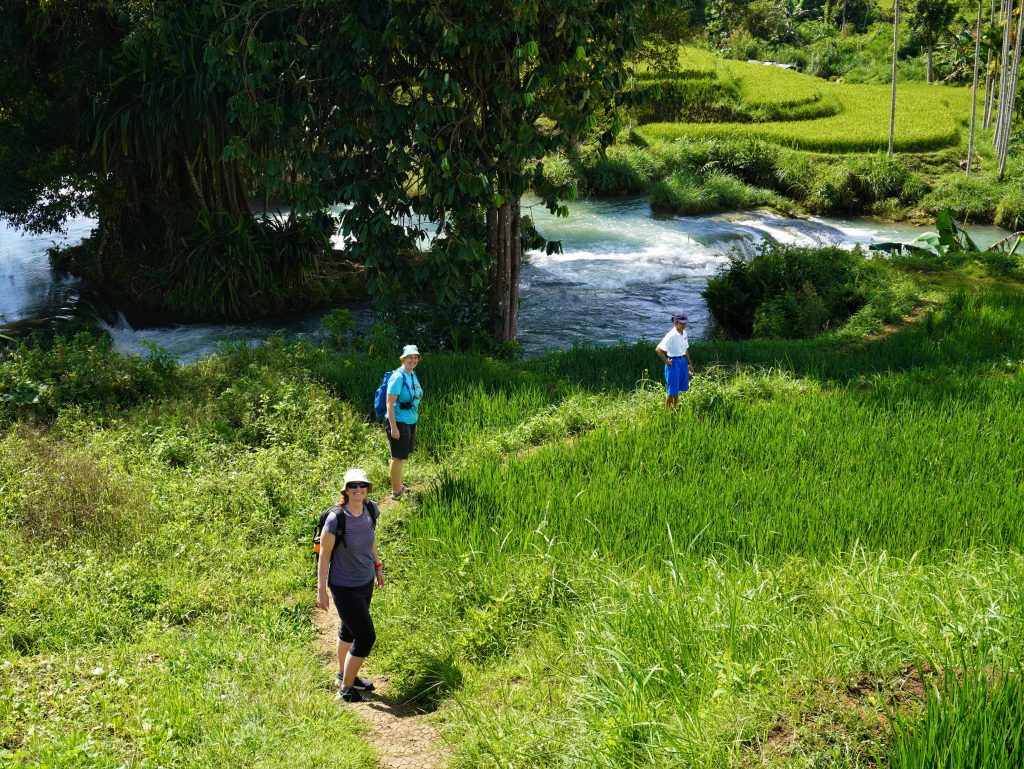
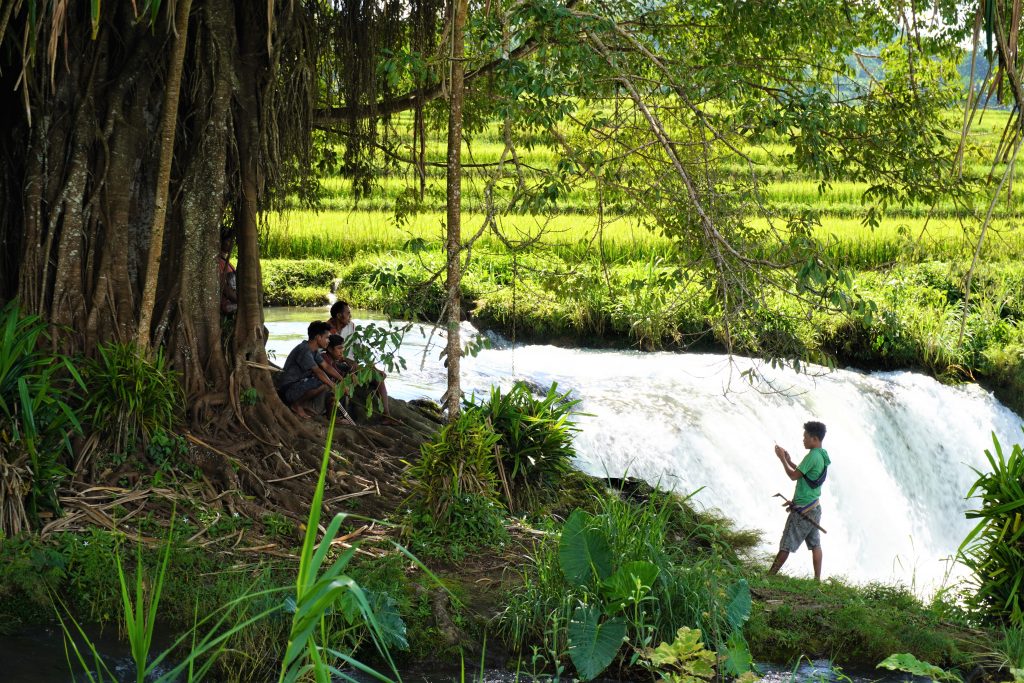
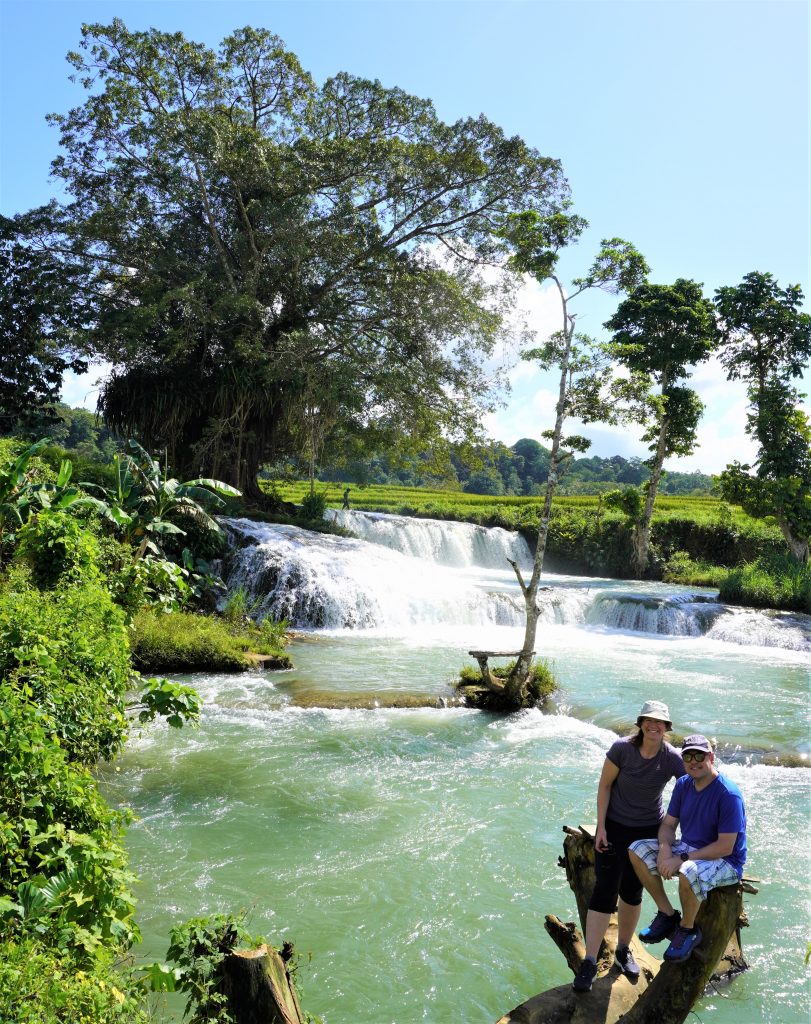

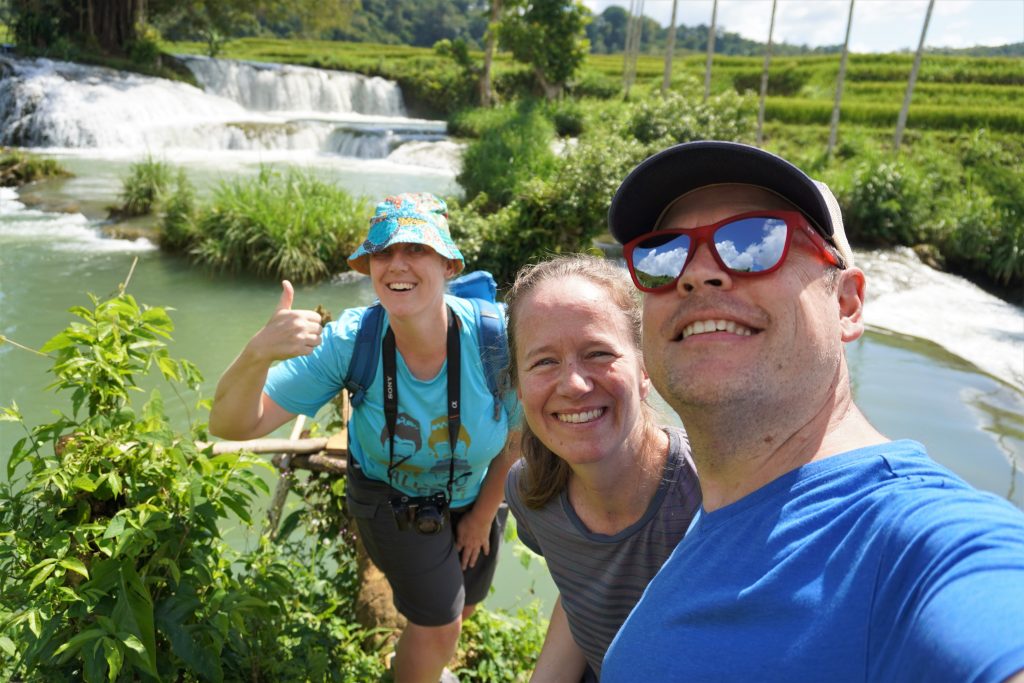
Next stop was upriver to see the cave where the water comes from, Waikelo Sawah. This is a very important source of water for this region. It looked like there is an abandoned hydroelectric plant at the mouth of the cave, which created quite a waterfall as well.
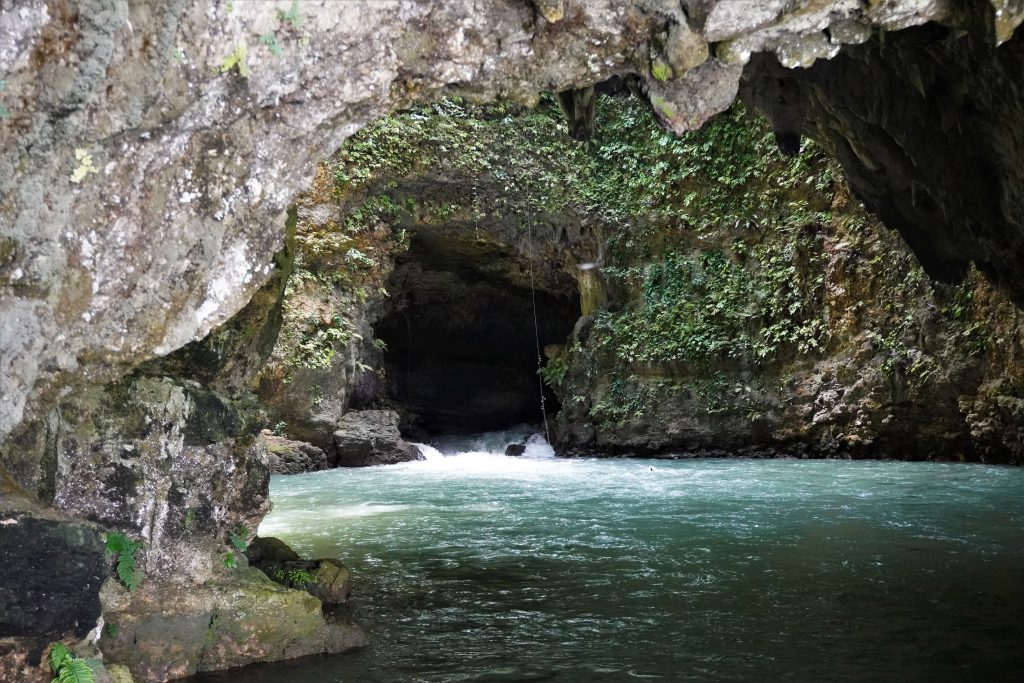
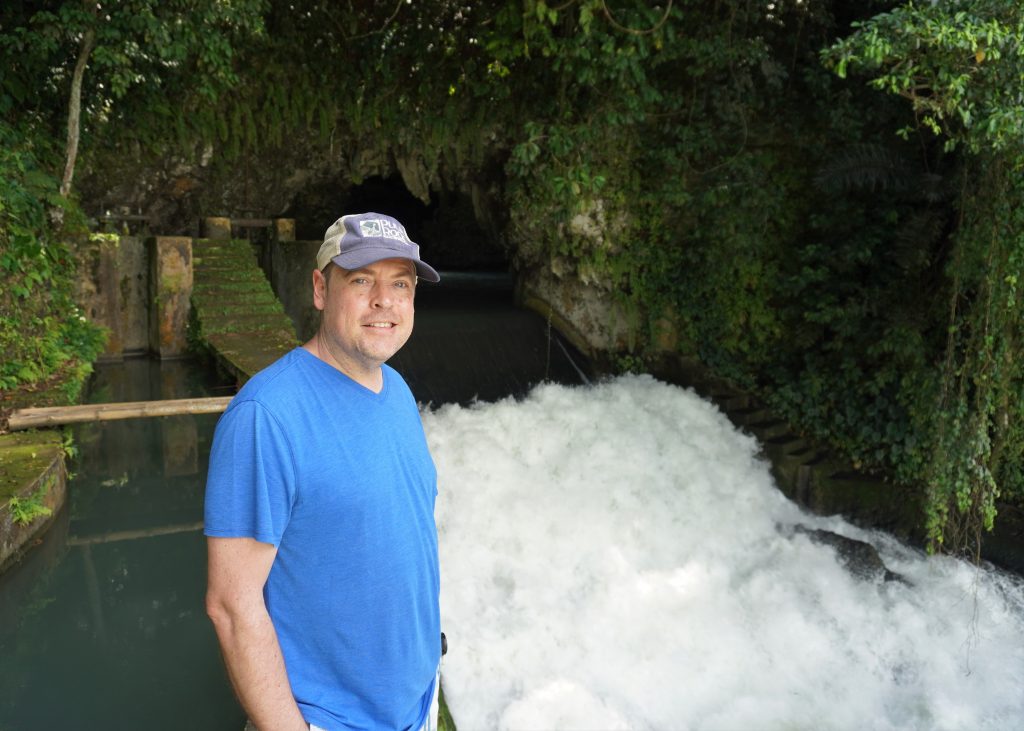
Next up was Prai Ijing traditional village. At this point, Adam and I have seen quite a few Indonesian villages. This one is characterized by houses with very tall roofs. Luckily on this day, there was a guy who spoke English hanging out at the village, so he showed us around and told us about it. Normally that would be the job of the student guide, but she was quite tongue-tied. She barely said a peep all day, which meant that in most places we didn’t learn much about where we were. We got a good idea about life in this village, though, thanks to the kindness of a stranger.
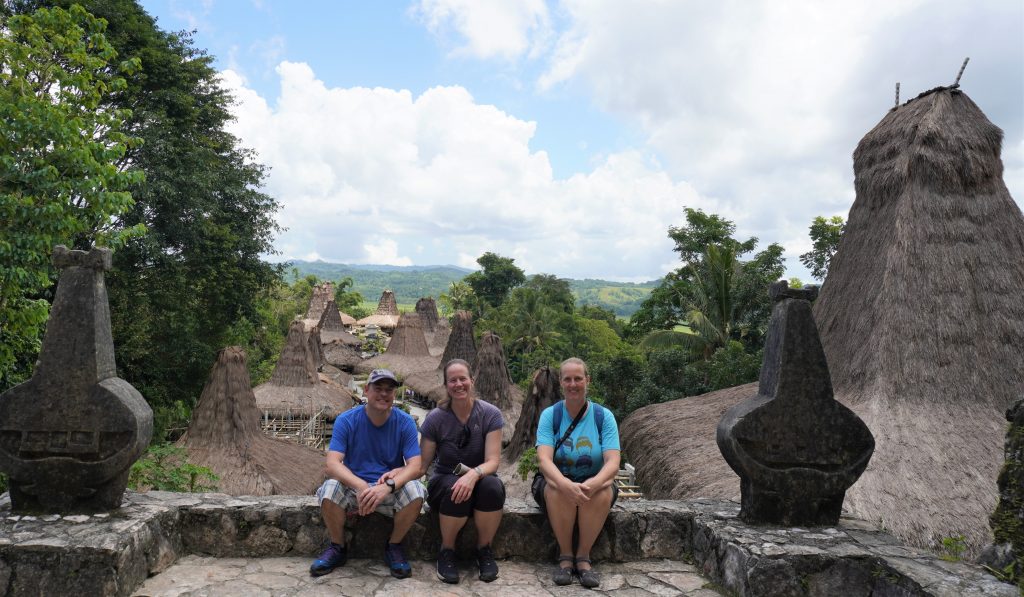
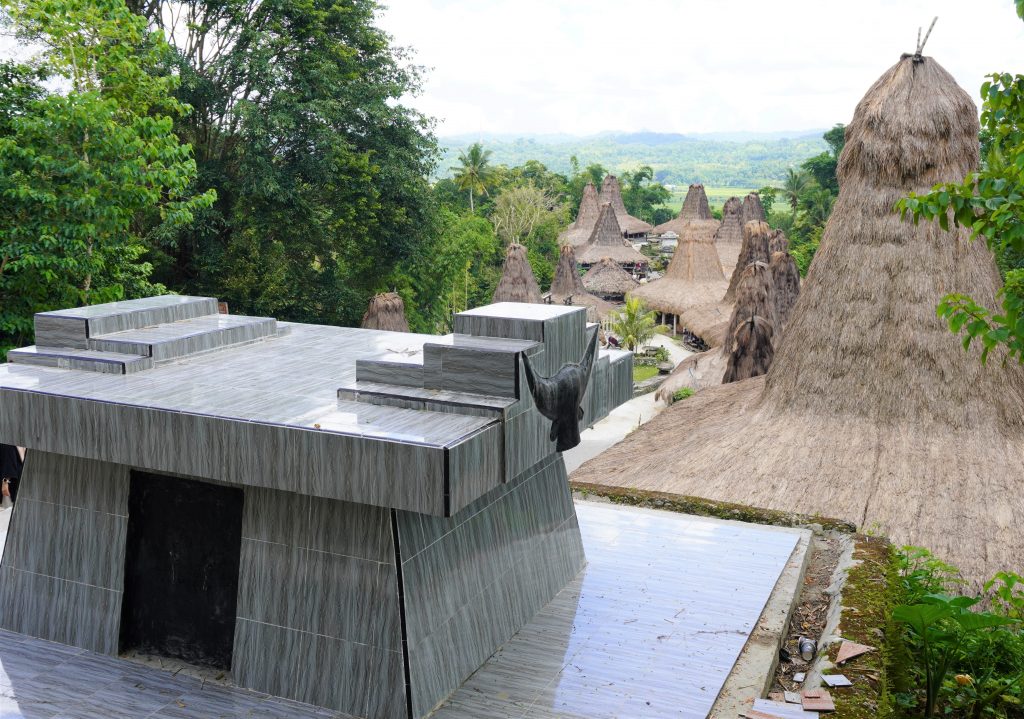
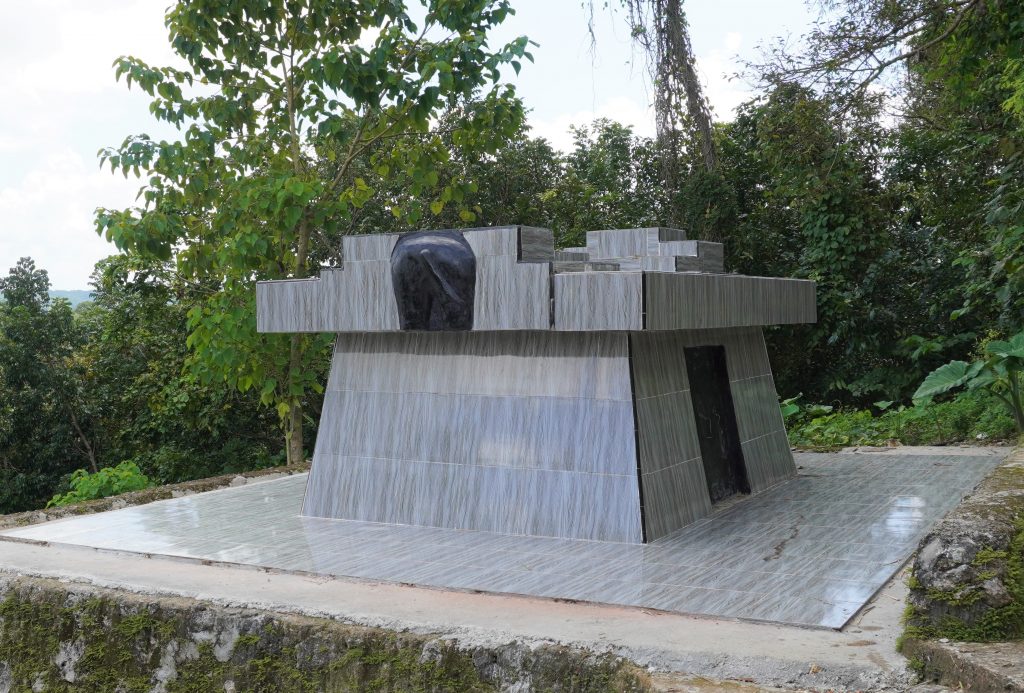
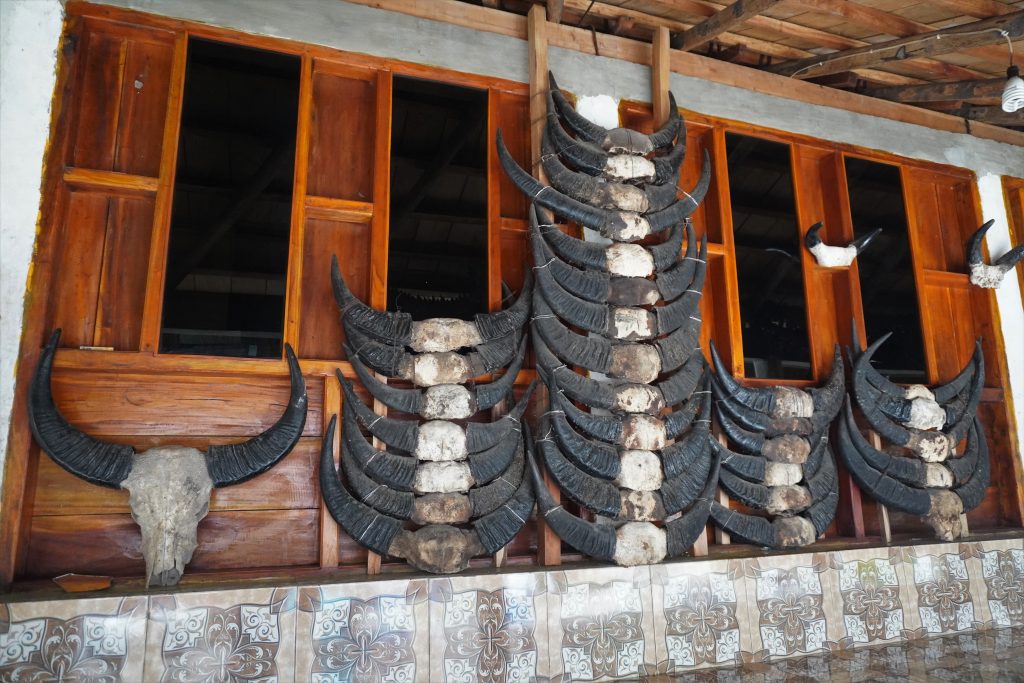
Most houses in this village had water buffalo skulls and/or horns displayed on them. When we went into one of the houses, they also had some inside, plus pig jawbones. The man there told us they were for the animals the family had sacrificed. I’m not sure what the sacrifice was for, but it seemed like sometimes it happened when someone died.
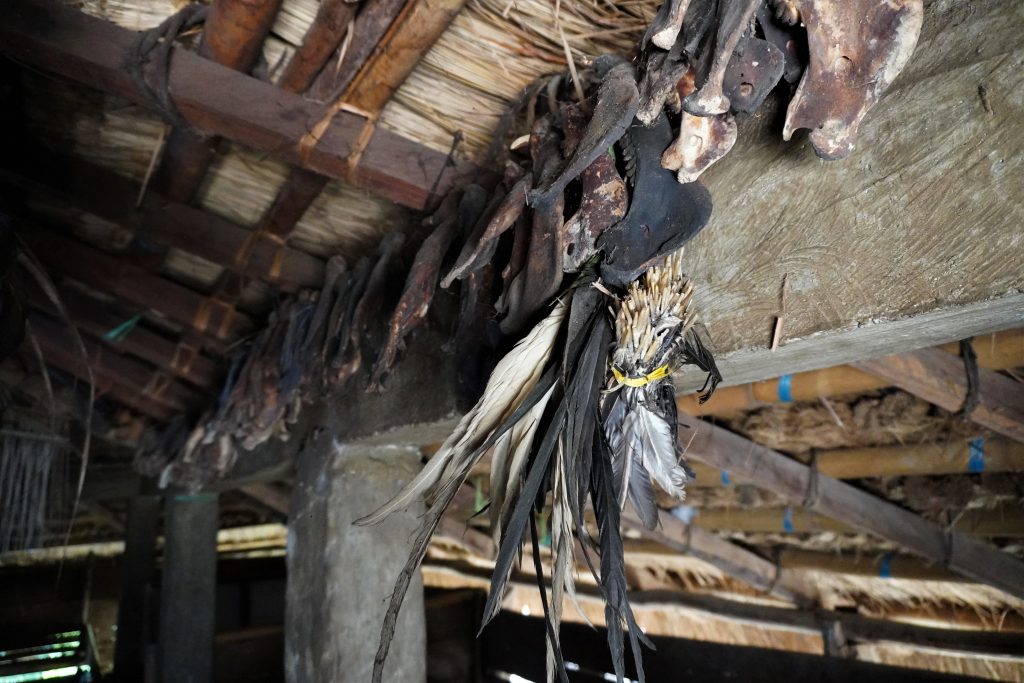
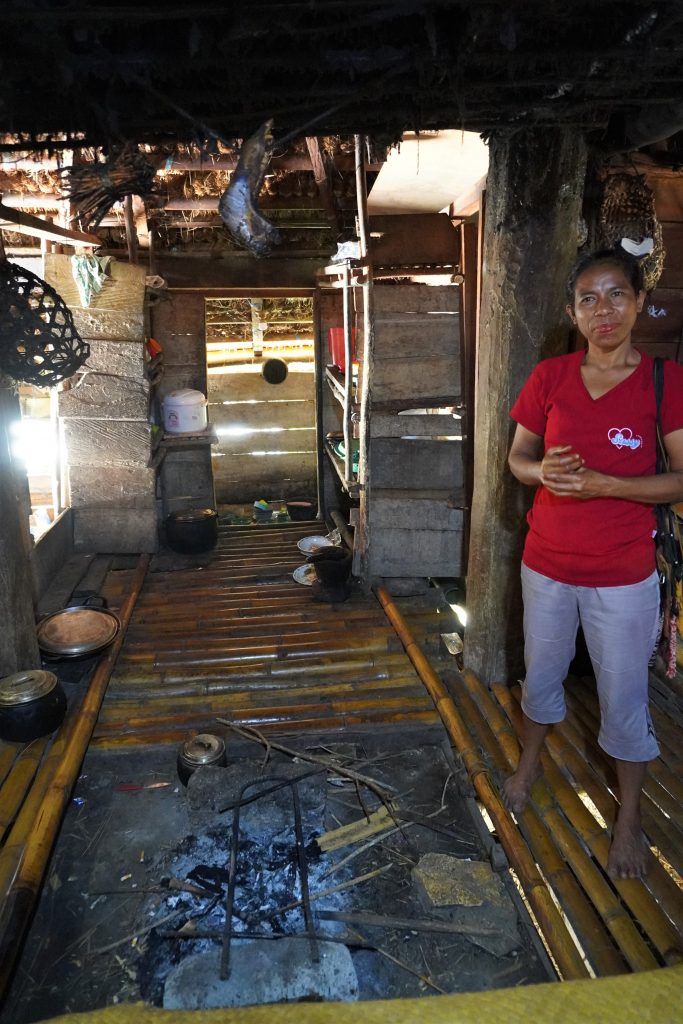
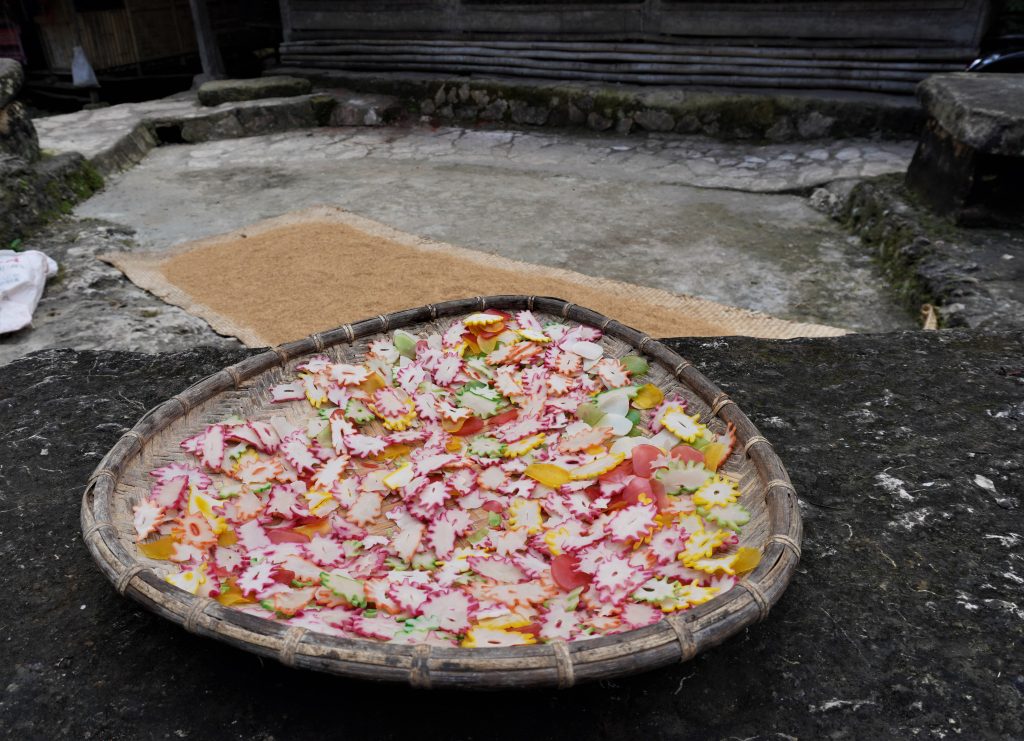
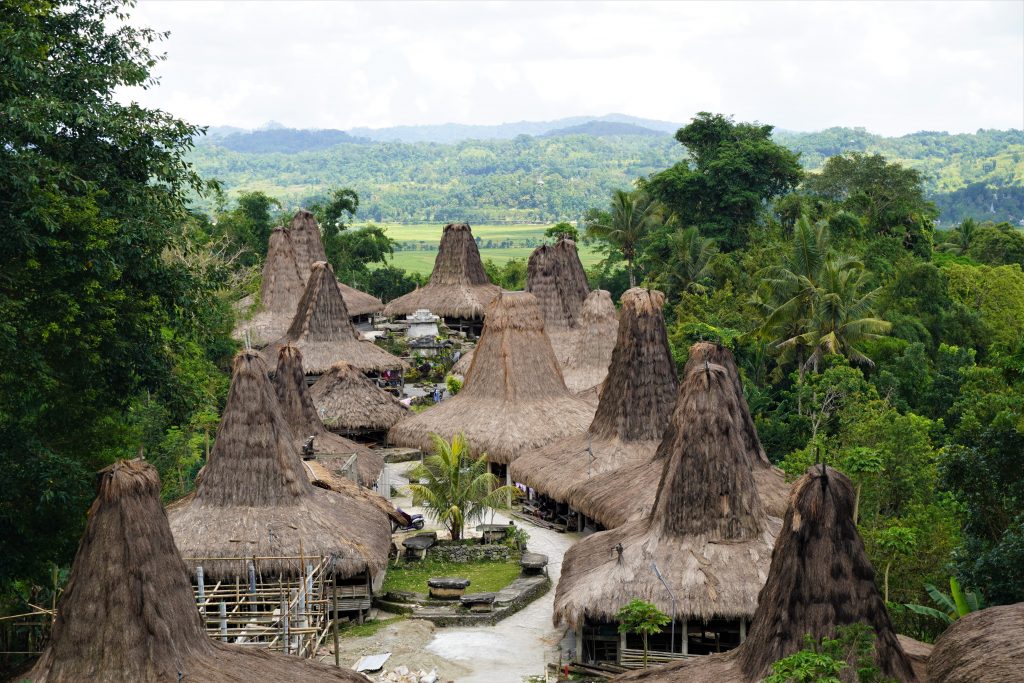
The last stop of the day was the Lapopu waterfall. At 90 meters, it is the tallest waterfall in East Indonesia. It was a beautiful spot, where the only other tourists were an older couple that quickly came and went. It was amazing I had the river to myself to swim and enjoy the gorgeous falls.
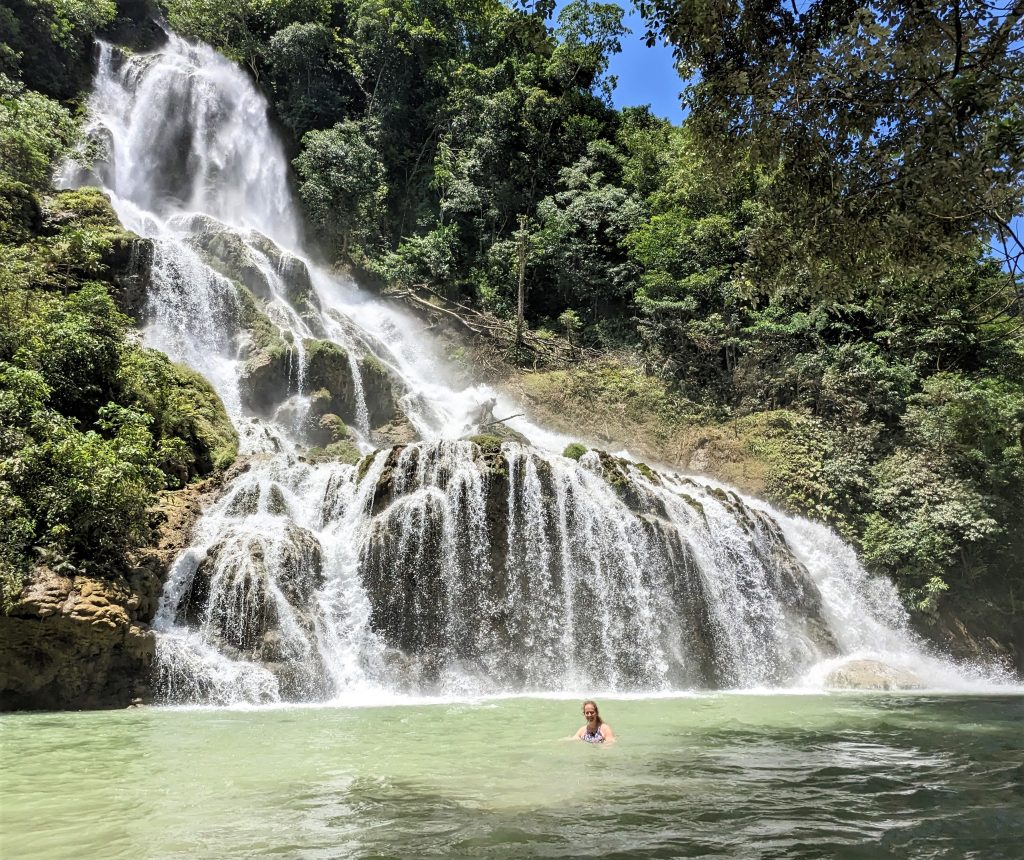
The next day we attended the Pasola festival, but we also got to see Weekuri lagoon. Again we had the lagoon to ourselves for most of our time there. The lagoon’s gorgeous blue water was refreshing after a day in the heat. We loved just floating along and exploring it while listening to the waves crash into the cliffs on the other side of the rock wall that separates the lagoon from the sea.
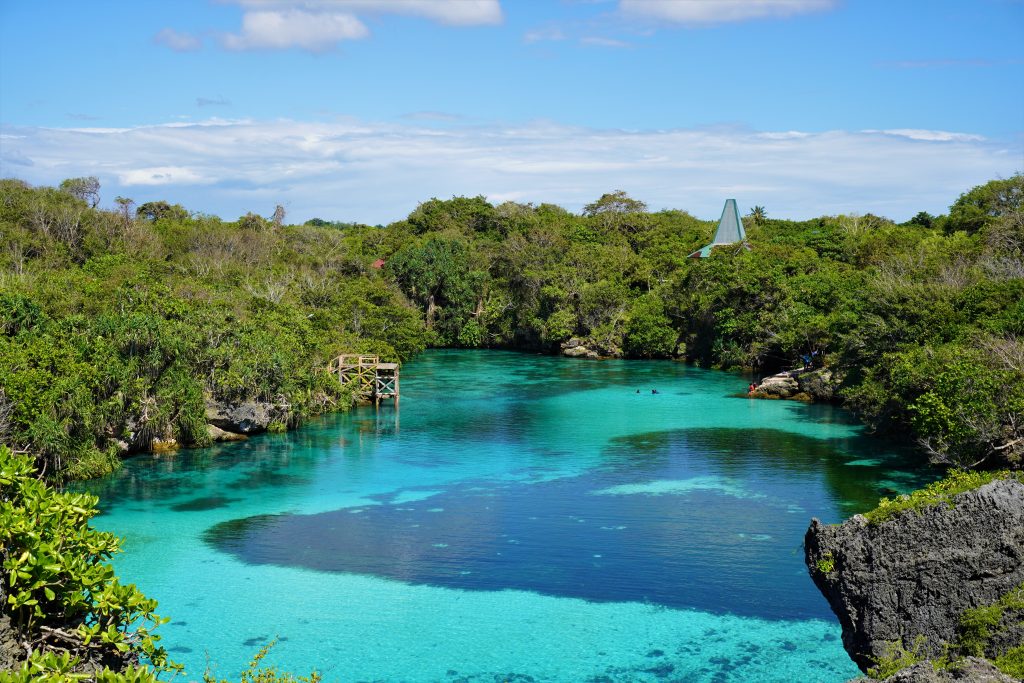
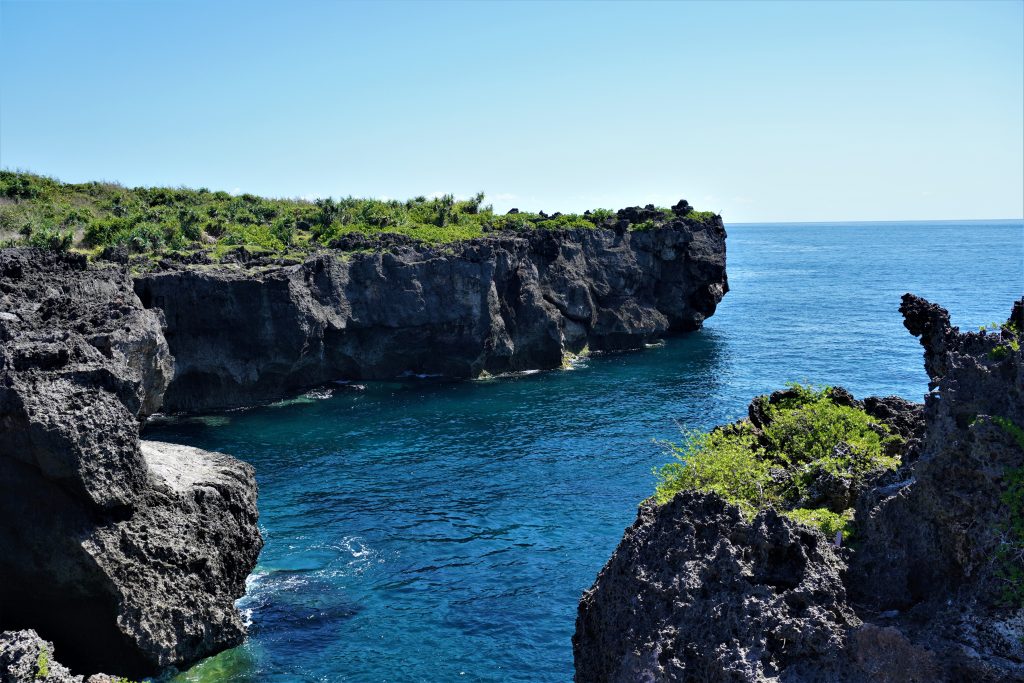
The other thing we did on Sumba was borrow bikes from the hotel to pedal to the nearby beaches. The bikes were surprisingly nice, and the road, while rustic at times, was pretty good. We stopped off at Mananga Aba beach first, but since the tide was out it didn’t look great for hanging out there, so we moved on.
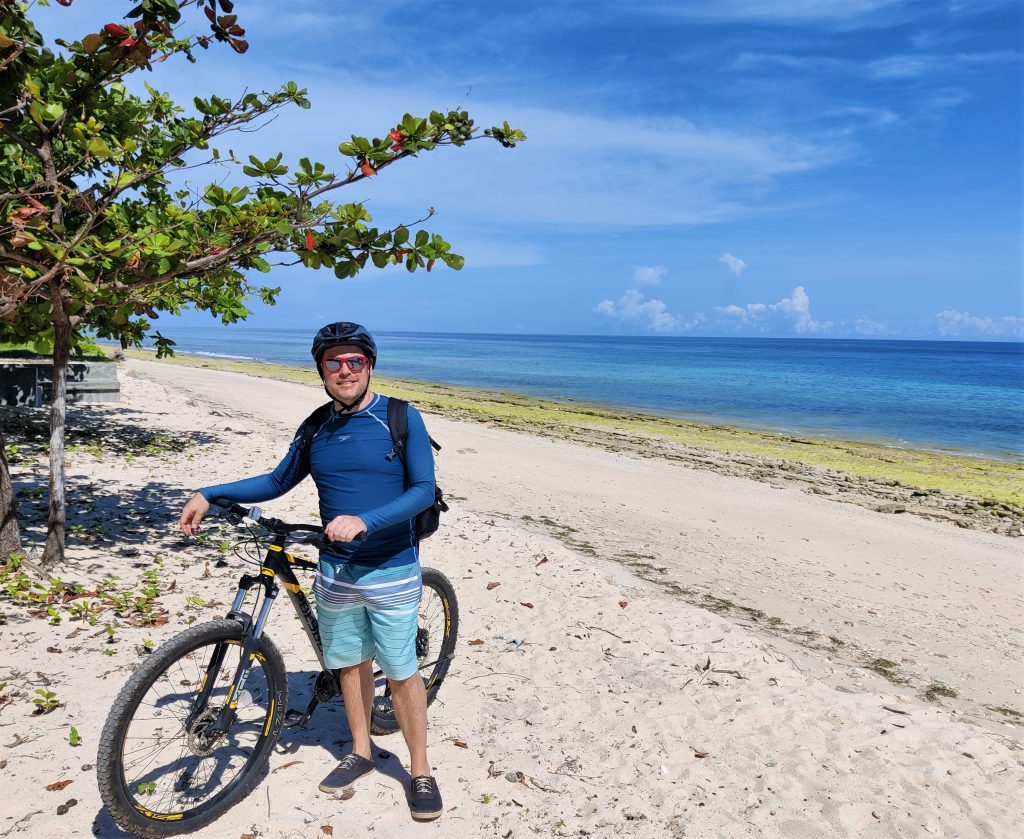
It was another 15 minutes ride along the coastal road to Oro Beach. What a fantastic discovery that was! The beach is amazing – white sand and blue water, with overlooking cliffs providing some shade in places. And best of all, we had it all to ourselves! We could hardly believe it. After the heat of the bike ride, it was refreshing to get into the water and relax all by ourselves in this little bit of paradise.
